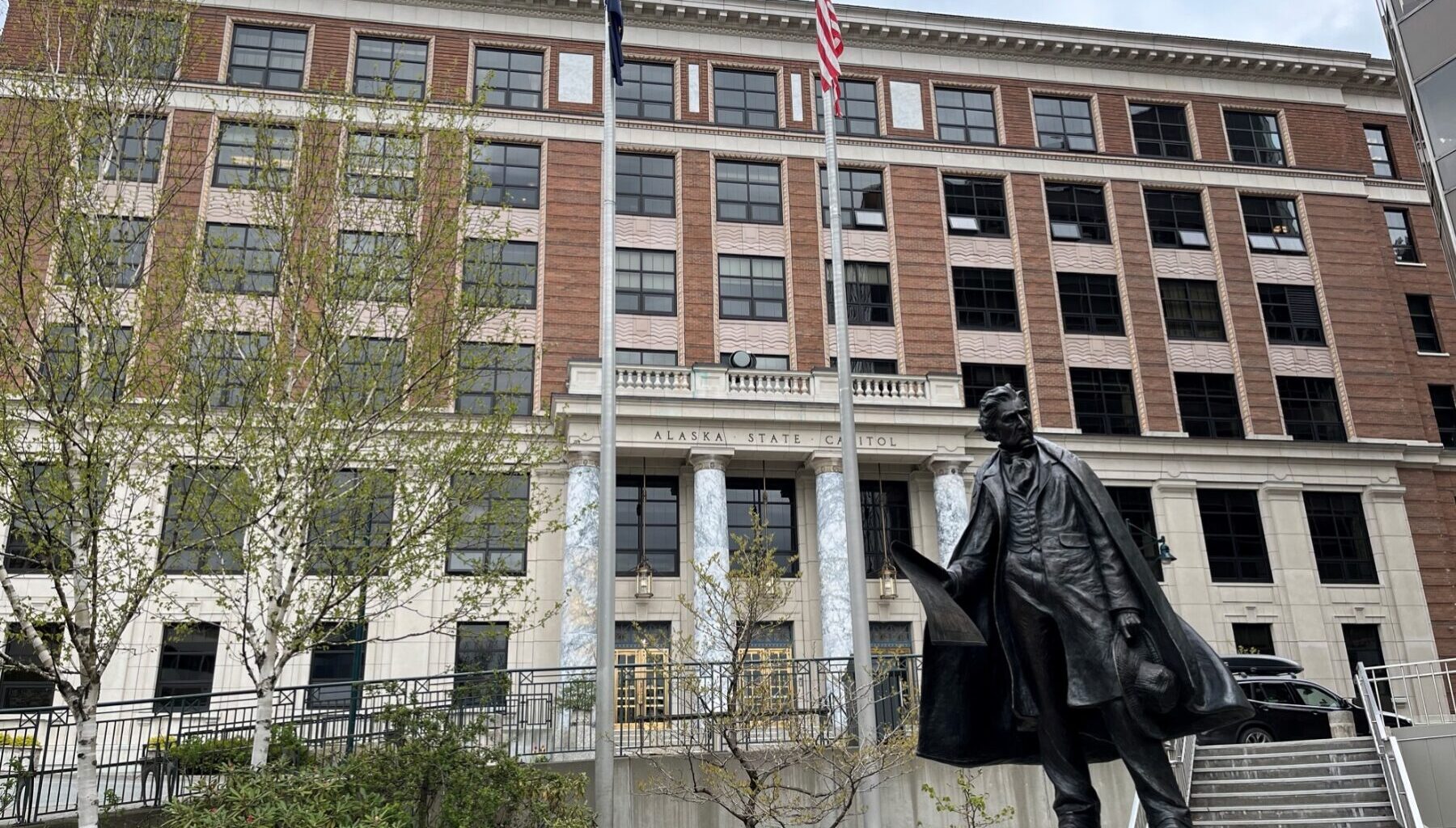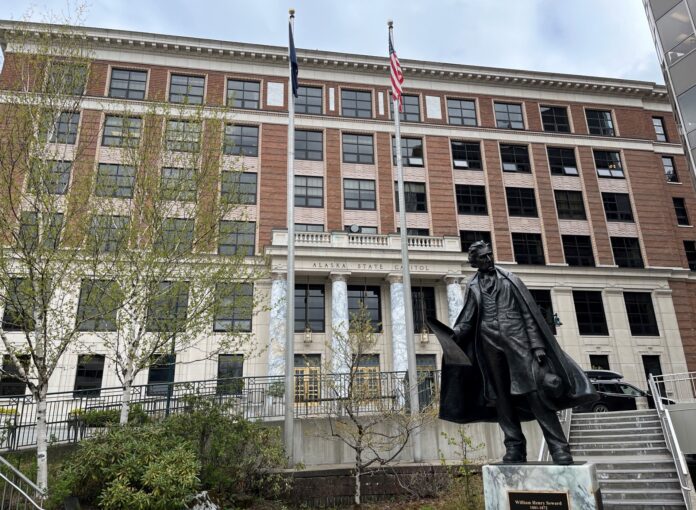A proposal to reinstate a traditional pension system for new public employees in Alaska is on the House floor for its third and final reading on Monday, and is expected to pass, due to the Democrat-led majority.
House Bill 78 would shift future public employees from the current defined contribution retirement system, which is what most workers have, to a costly defined benefit pension plan. The unions and Democrats say this will help the state recruit and retain public workers.
Actuarial modeling and workforce data suggest the change could impose steep costs without delivering the intended results. In fact, although the unions say Alaska can’t retain teachers because of not having a defined pension plan, there are 11 other states that have more trouble retaining teachers than Alaska — with Arizona being the state that has the worst teacher retention.
HB 78 would cost Alaska an additional $2.1 billion over the next 30 years under the most optimistic investment assumptions, according to a recent financial analysis by the Reason Foundation.
But that’s the rosiest scenario. If investment returns mirror the state’s actual performance over the past 23 years, the additional cost could balloon to $11.4 billion.
The bill is advancing through the Democrat-controlled Legislature at the same time that lawmakers are cutting Alaskans’ Permanent Fund dividends, growing taxes, and scraping the bottom of the state’s savings account — the Constitutional Budget Reserve, which has just $2.8 billion remaining. The governor has set a hiring freeze and travel restrictions in place as revenues are not keeping pace with expenses. Gov. Mike Dunleavy has also asked legislators to join him in working on a fiscal plan that could provide stability.
No study has shown that younger workers want pensions; what they want is portability and quality of life assets. In addition, critics believe that the Legislature is actually debating an item that falls under the Alaska Constitution’s “Diminishment Clause,” which puts the state on the hook for pension payments no matter what happens.
A central issue in HB 78 is the assumed rate of return for the pension plan — 7.25%. That assumption would be among the highest in the country. Since 2001, Alaska’s pension funds have averaged only a 5.8% annual return. If the state adjusted its assumption to a more conservative 6.5%, in line with current actuarial standards, it would add $2 billion to current unfunded liabilities.
Alaska is already liable for $7.6 billion that must be paid out to those still in the pension plan that was closed in 2006.
Whether it would slow employee turnover is also a specious argument. Between 2012 and 2023, Alaska had the 11th-lowest turnover rate among state employees nationwide, averaging 13.6% annually, well below the national average of 18.7%.
Even during the pandemic, when turnover spiked across the US, Alaska remained relatively stable. That’s in part to the 37.5-hour work week and generous holiday and vacation benefits. In fact, the average state worker gets 12 holidays and at least 15 personal leave days per year, for a total of 27 days off, or five work weeks every year that state workers are paid for time off.
Comparisons with other states suggest that pension structure is not a key factor in retention. For example, Oklahoma moved to a DC plan in 2011 but has since reported some of the lowest turnover rates in its region, outperforming several DB-plan states.
Modeling from the Reason Foundation shows that HB 78 may not benefit most employees. Over 90% of new hires would receive lower retirement benefits under the proposed DB system due to its back-loaded nature. Most public workers in Alaska do not stay long enough to vest in the more generous later-years benefits typical of DB plans. In contrast, the current defined contribution plan provides better retirement value and portability for short- and mid-term employees.
One area where Alaska’s retirement system does show a gap is coverage under the Supplemental Annuity Plan, or SBS, a mandatory retirement savings program that serves as a substitute for Social Security.
While most public employees are enrolled in SBS, Alaska’s teachers are not—leaving them with no Social Security and no SBS benefit upon retirement. For a full-career teacher, this can mean a retirement income shortfall of up to $60,000 per year compared to peers with full SBS participation, the Reason Foundation said in its testimony to the Legislature last month.

